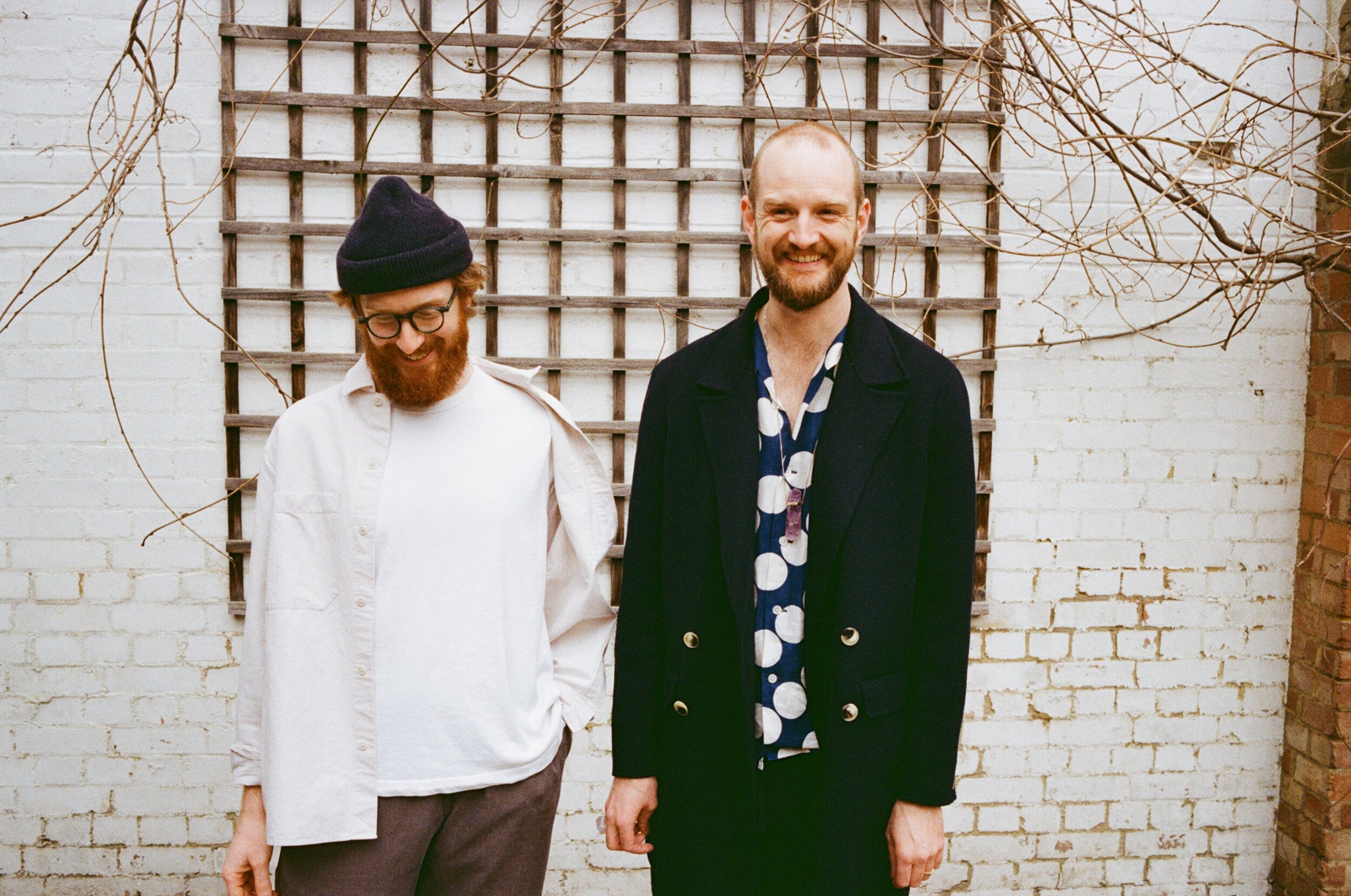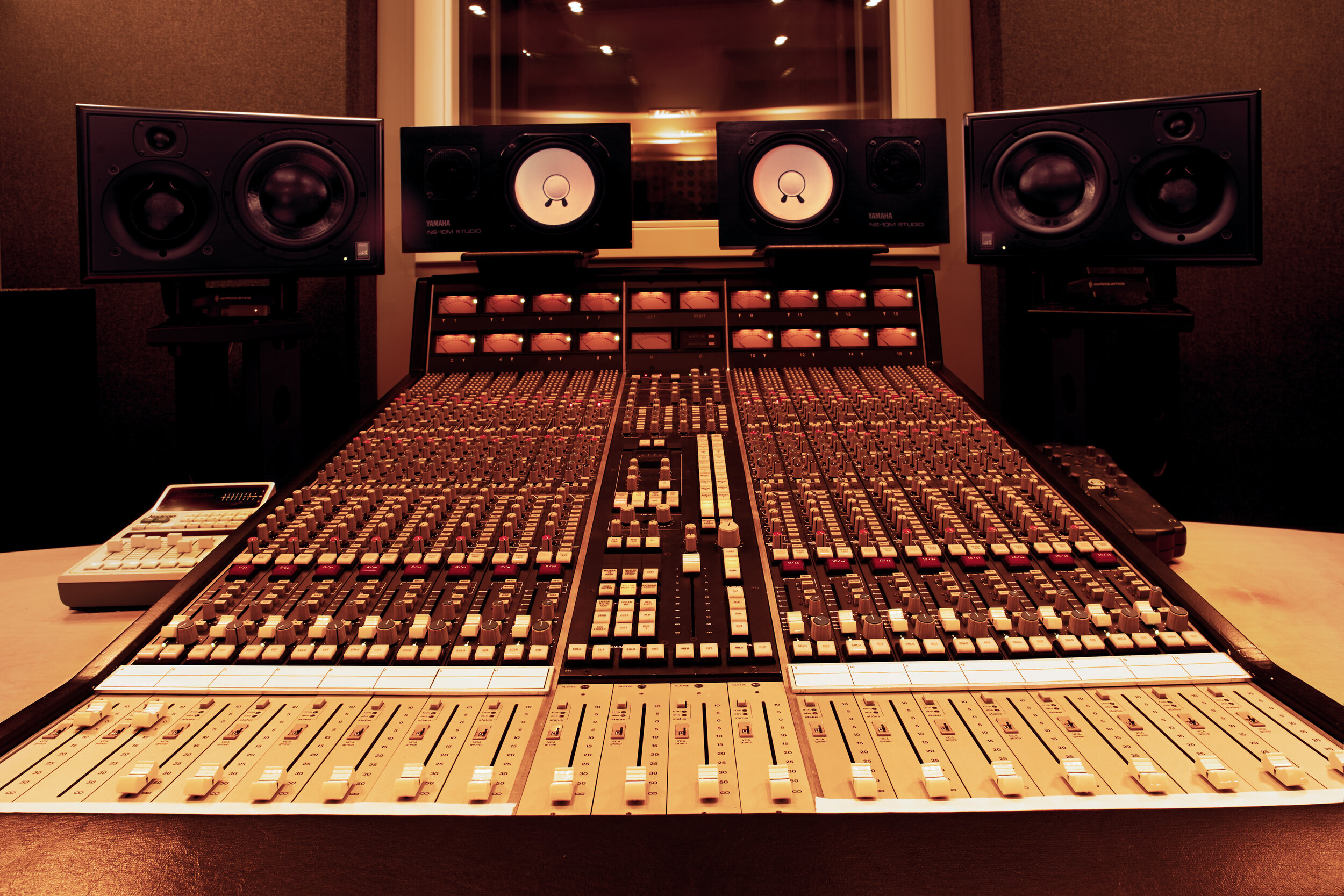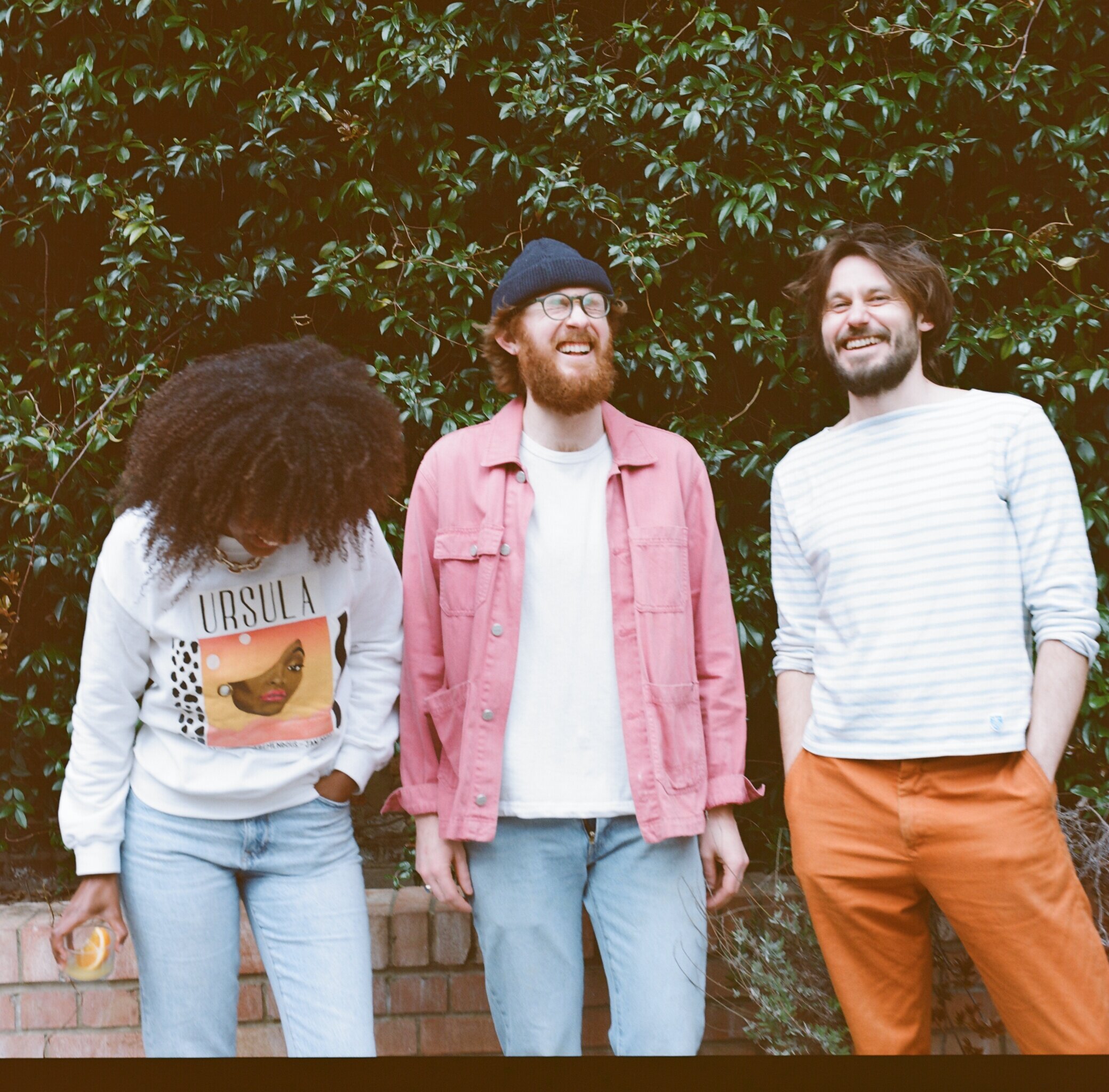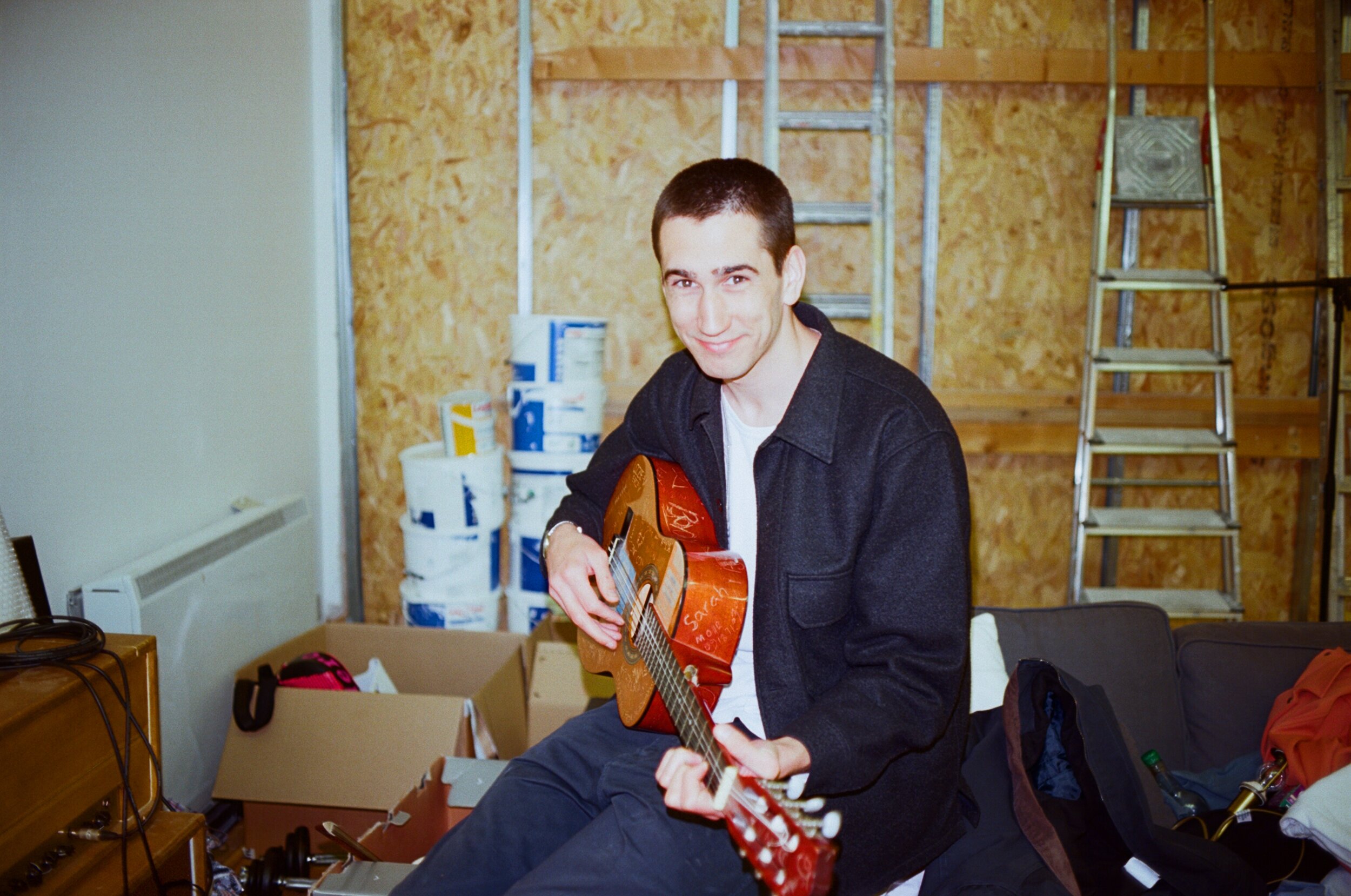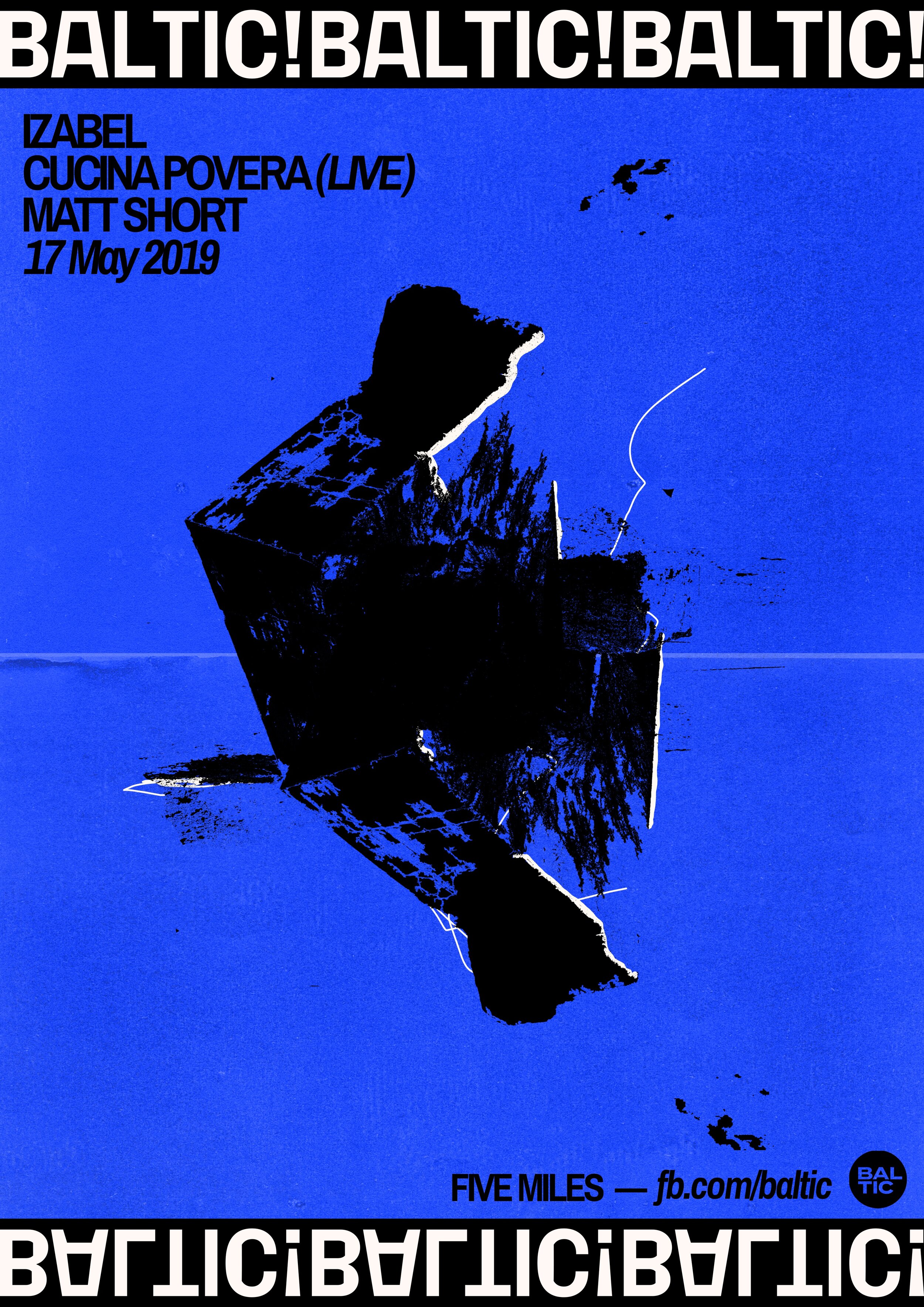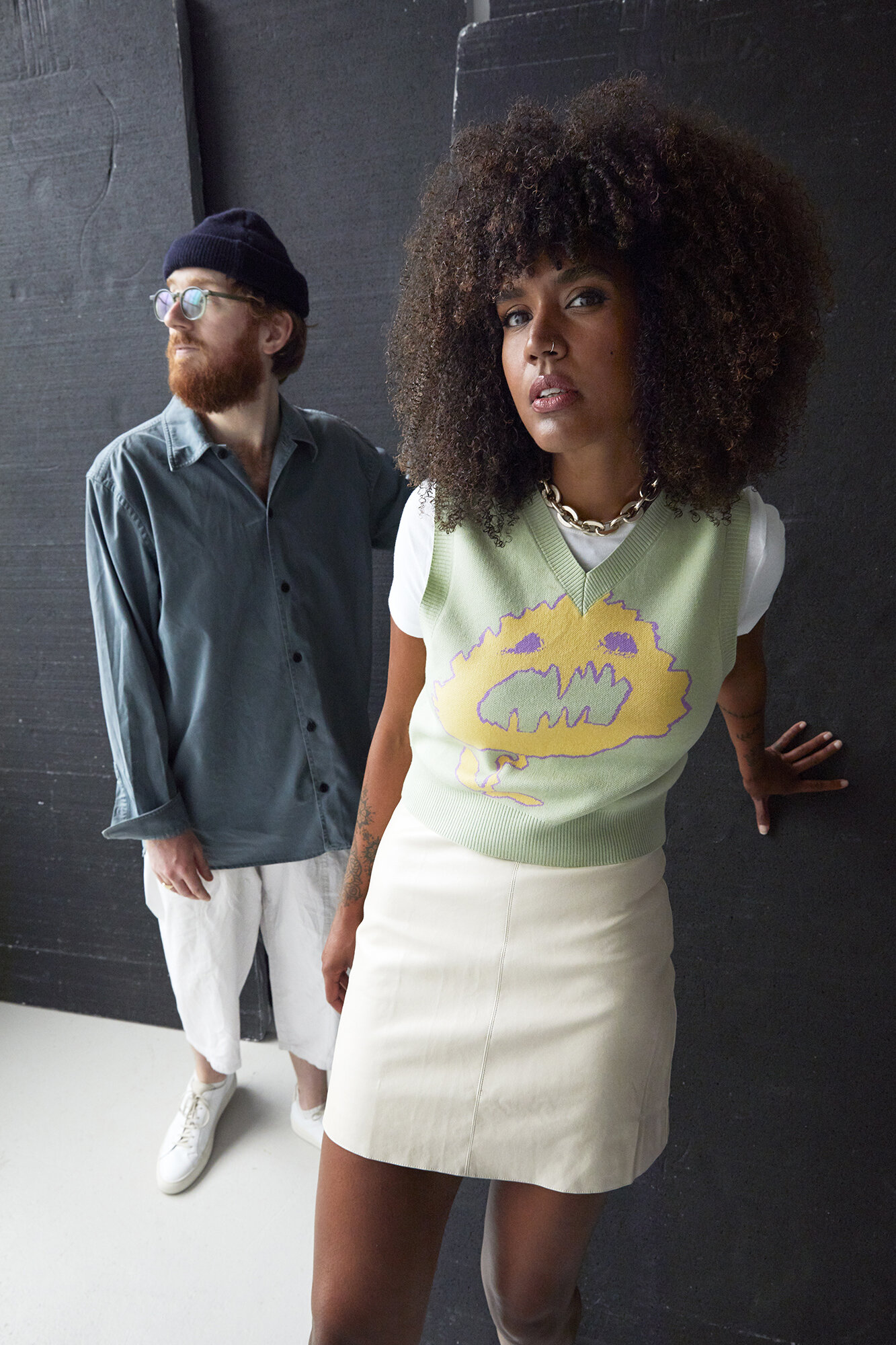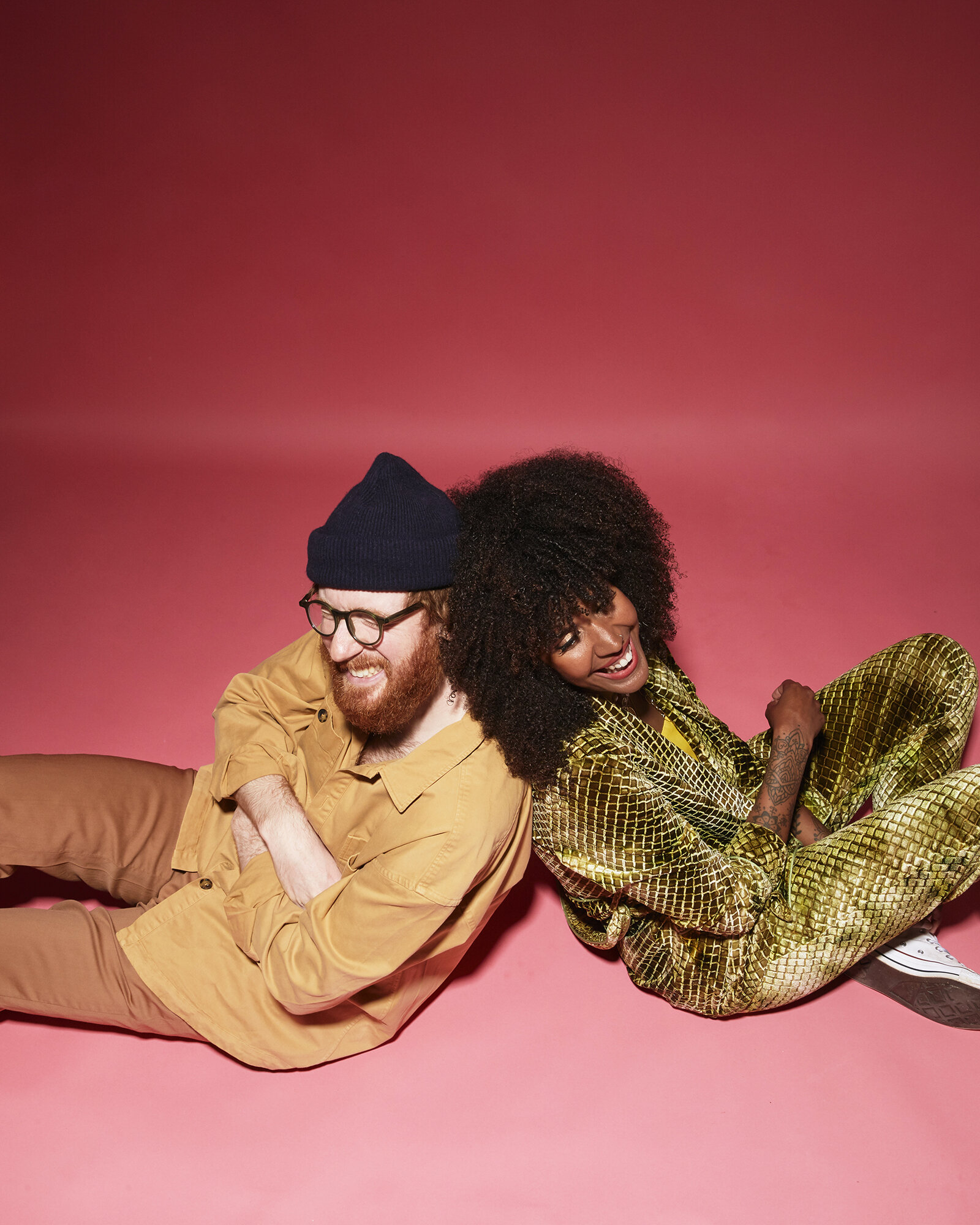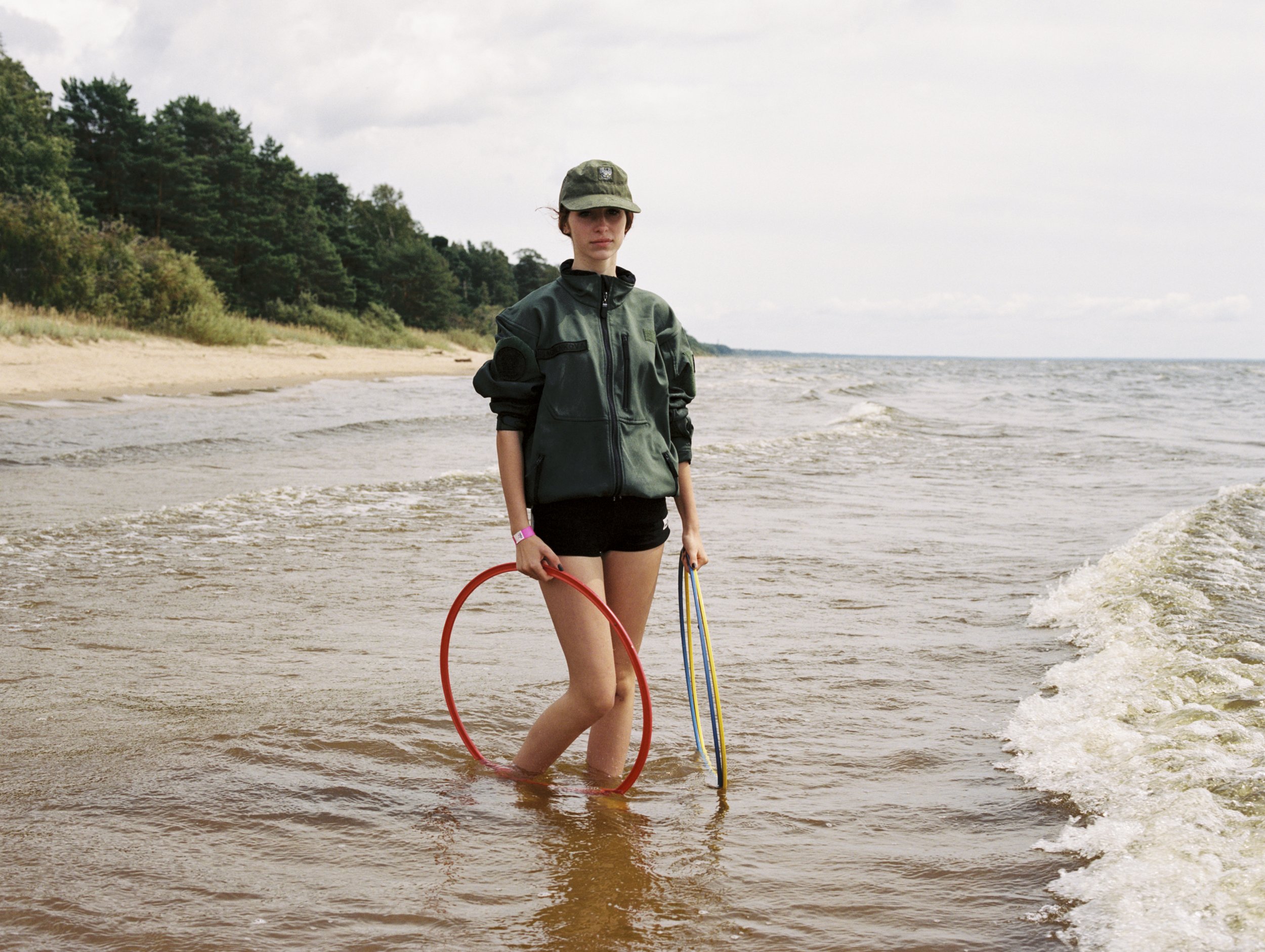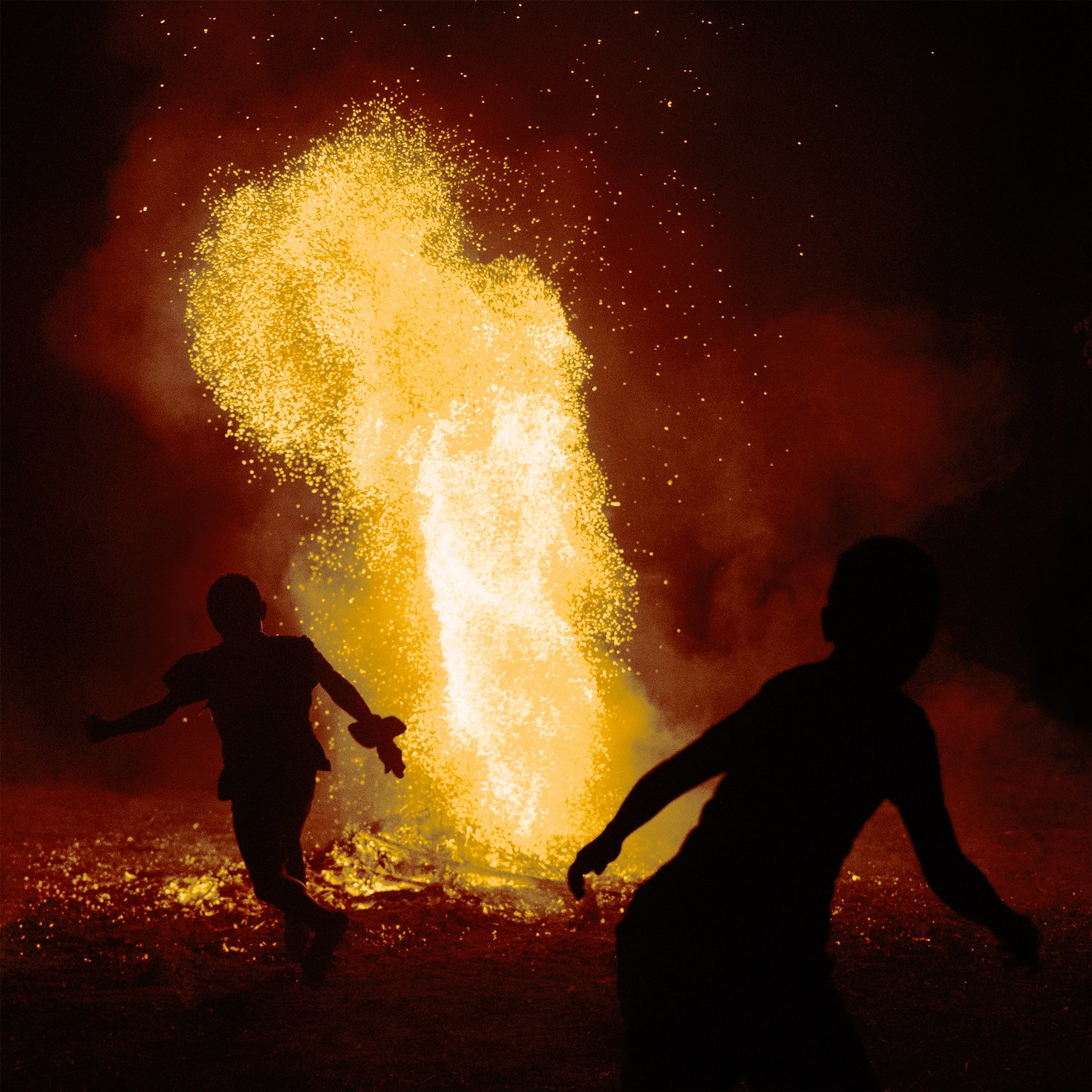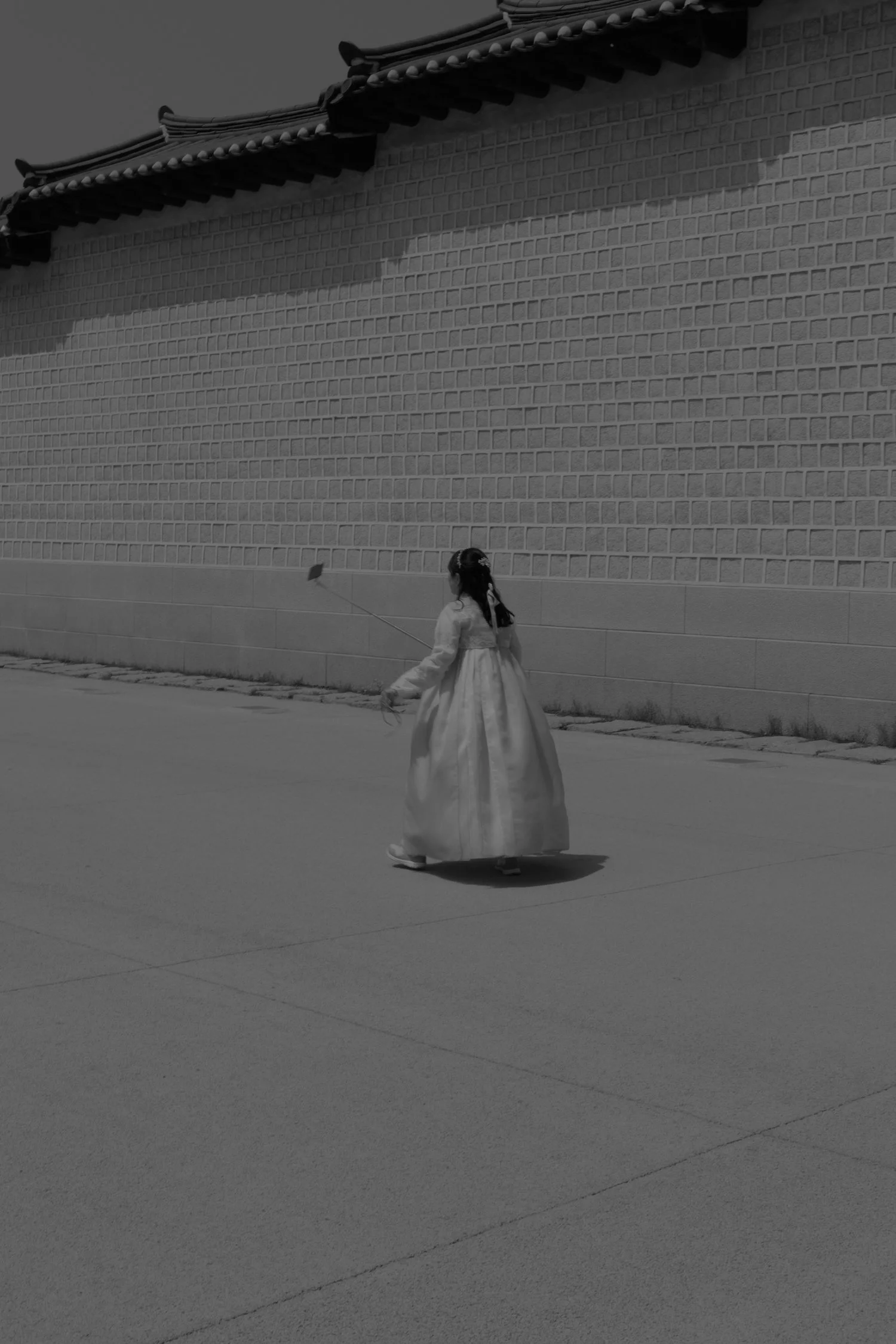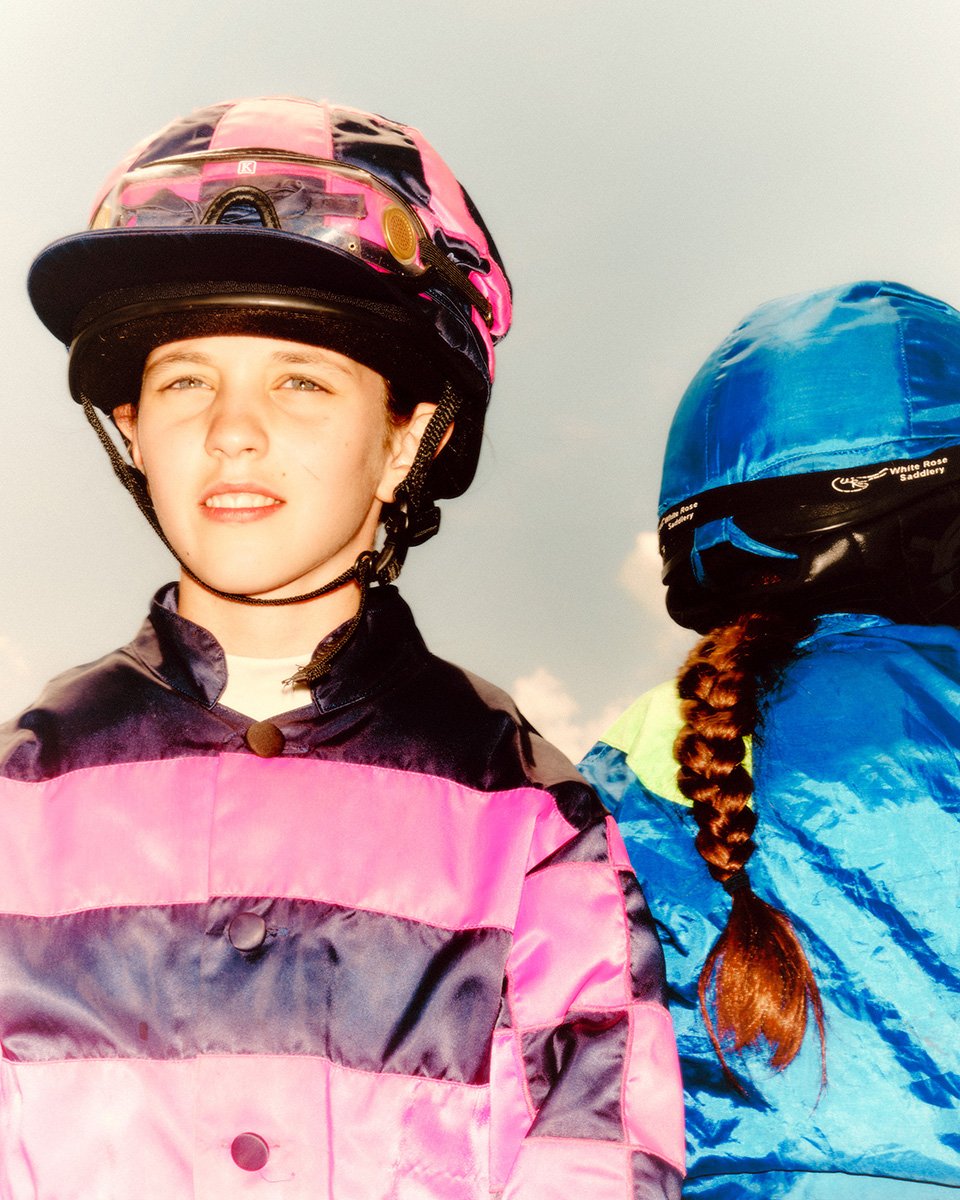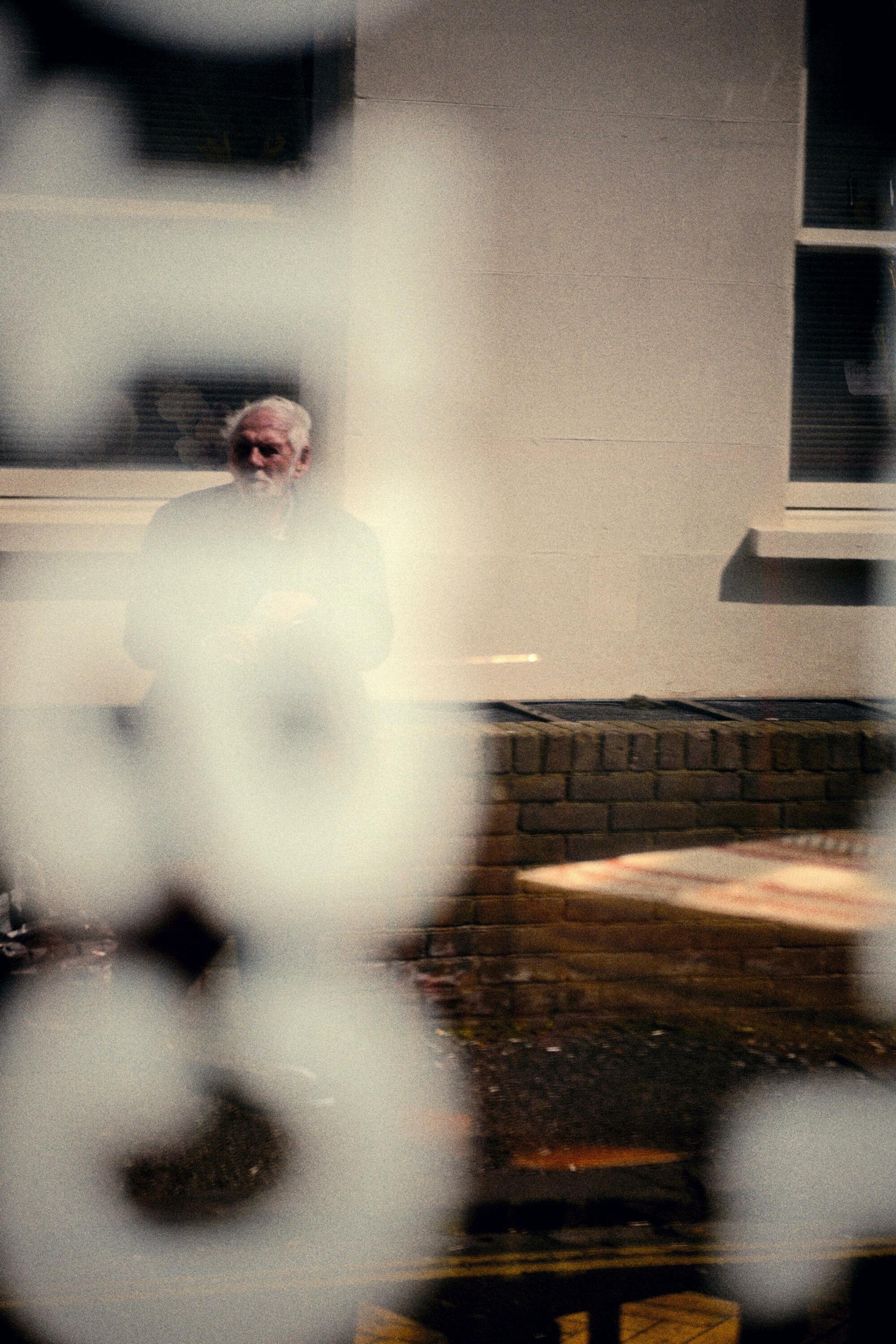BALTIC
Baltic is a community driven creative hub in the heart of East London, including a recording studio, a multi-purpose artist space, production rooms, and Baltic Access, a not-for-profit access to music project. We had a conversation with Orlando Leopard (Arthur Beatrice, Acali) and Lea Lea (!!! & Acali) from the Baltic team to hear about its origins and their latest developments.
Interview by Daniel VildósolaPhotography JC Verona
Since opening the studio's doors in 2012, Baltic has hosted artists such as Bjork, Skepta, Arctic Monkeys, Thurston Moore, NAO, James Bay, Jessie Ware, Glass Animals, MIA and more.
As the community around Baltic grew, there began an internal dialog about the significant barriers to entry within the music industry and how Baltic could use its resources to promote better access to music. Baltic began hosting a series of non-profit events, donating the proceeds to various London art based charities.
In 2020, Baltic began working in tangent with these charities to host dedicated music programs at Studio 1, and in December hosted its first collaborative studio session with School Ground Sounds. This coming year, they plan to collaborate with Key Changes, Ladies/Music/Pub, Coram, PRS/Power Up and NTS, to facilitate studio sessions for emerging and under-represented artists, across various genres.
Starting in September, Baltic will be partnering with NTS on their 2021 WIP programme. This will give emerging artists from around the world access to Studio 1’s recording facilities as well as the opportunity to produce audio-visual content in the multi-purpose Studio 2.
Photography JC Verona
How did Baltic Studios come to be?
ORLANDO – I set up the studio with my brother, Caspar Leopard, in 2012. Caspar and I were living together in a flat in Shoreditch with another musician called Graham Dickson. Cas was in a band called Get People, I was just starting to get Arthur Beatrice off the ground, and Graham was in a band called Crystal Fighters. We all had basic studio setups in our bedrooms, but given that there wasn’t a huge amount of space, we often felt really on top of each other. It was definitely a great catalyst for creative collaboration – we all wrote, produced and toured together - but after a couple of years of band members crashing on the sofa almost every night, and three different beats coming from each of our rooms at all hours, Caspar and I realised that we needed to start looking for a way to create some separation between our living and our music making...
After a few months of searching, we came across what was advertised as a small three person ‘media studio office’ on the ground floor of a building in Haggerston. When we looked around the space, we realised that there was a large unadvertised basement included as part of the unit, (described as ‘pretty grim’ by the previous tenants). It had cavernous ceilings, loads of space, but it was wet, and there were broken pipes and unused construction materials. It was not in a particularly good shape but it was perfect for what we needed.
Orlando & Caspar Leopard. Photo by Whitney Conti and Morgan Spencer.
Even at that time, we'd never thought about running a professional recording studio. We just knew that we needed space to produce our music; we needed to rehearse and we needed somewhere we could store our touring equipment. The idea of building a studio just kind of snowballed in response to finding this amazing space.
We had very little equipment at the time, just some speakers, our laptops and a couple of decent synthesizers, so the initial recording sessions there were pretty sparse. In those first few years, as we were getting to know the space – slowly creating our vision for what we wanted from a studio – we realised how incredibly privileged we were to have access to a creative space; it became somewhere that we wanted to share.
It was exciting when artists from outside of our immediate friend group started using the space. I remember being slightly awestruck by Thurston Moore when I met him for the first time to talk about recording an EP at Baltic. I assumed he would bring a sound engineer, but to my surprise, he offered me the job. I was young and inexperienced, but of course I said ‘yes’. I recall being so nervous about the session that I spent the two days beforehand meticulously setting up the microphones - triple checking every last detail. Of course, to my horror, when he walked in on the day, he requested that we entirely change the set up and made me pack down and effectively start again - a pretty intense way to learn on the fly!
Slowly but surely we started giving the space out more, and using it less for ourselves. I learned that I enjoyed facilitating an artist's journey as much as producing my own music. I feel lucky to be able to listen to a record as it’s being made, and before it’s released in the world. The studio’s often being used by artists that I admire – there’s a band called Gramn who are excellent. Lianne La Havas. Haelos. Nao has used the space quite a bit, and I think her music is fantastic.
Photography JC Verona
From left to right Lea Lea (!!!), Orlando Leopard (Arthur Beatrice), Edd Gibson (Friendly Fires). Photo by Whitney Conti and Morgan Spencer.
Photography JC Verona
“We had very little equipment at the time, just some speakers, our laptops and a couple of decent synthesizers, so the initial recording sessions there were pretty sparse.”
Nowadays Baltic is pretty booked up and highly sought after. How ironic that you initially started it as your own creative space and probably now get to use it very little.
ORLANDO – Yeah that’s definitely something that we talk about a lot these days!
It’s conflicting – I’m really proud that we’ve created something that other people want to use, but it’s also a strange feeling being turfed out of a space you initially built for yourself! When we first discussed giving it away to other artists, I didn't really think about the fact that, if more people booked the studio, then we’d get to use it less! In the last few years, I’ve been working at home when the studio is booked. So I’m kind of back where I started – writing songs at the end of my bed.
Now there's something about Baltic Studios. What do you think is the thing that makes people want to come record here?
ORLANDO – Obviously it's important for a studio to sound good. I think that's a base level. There’s also a sort of mystical energy that surrounds old equipment which I absolutely buy into – we have some amazing vintage microphones and instruments that I think are a real draw to people who feel the same way that I do. But really, I think that it’s just so important for a space to feel inspiring in order for artists to want to create. It's more to do with the atmosphere, beautiful equipment, the history, the design and of course, most importantly the people that are in the room with you. I've made albums in really, really poor sounding places that turned out great because there was a nice energy in the room.
Orlando & Lea Lea. Photography JC Verona
As you approach this new chapter at Baltic, what plans do you have for Studio 2?
ORLANDO – Well, we just got the keys, and so the new studio is looking pretty bare at the moment!
The idea of taking on more space is really exciting for me. I’ve always loved the feeling of places like Strongroom, where there are multiple creative spaces in one location – large studios, small production rooms, a bar – it’s a nice reflection of how social music-making can be; there’s a real feeling of community surrounding their spaces. I like the idea of a studio which creates opportunities for crossover between artists and producers working nearby to each other.
Our new studio feels super open. It’s essentially just one big open-plan area. I like how asymmetrical and higgledy piggledy the room is; there's a charm to that. It has a ton of natural light, which I definitely want to protect as much as possible. I don’t really intend to change it that much from where it is now!
I want Studio 1 and Studio 2 to serve different purposes. It’s not just about expanding our space to have more people using our studios, it’s about trying to create something new which doesn’t already exist at Baltic. It's like creating an album. You want your sophomore album to say something different from your debut. Studio 1 has more of a conventional layout, with a control room facing a larger live room and several small booths for isolation. This time round, I’m excited about the challenge of trying to make Studio 2 into a space that doesn’t immediately feel like a studio, for a more relaxed recording experience. Perhaps it won’t always be used for recording music! The space kind of feels like a New York loft-come-art gallery, so I could see a situation where someone might take it off our hands to make an album, a film, live session, or to run a party or something.
LEA LEA – Having that flexibility to be able to use Studio 2 in so many different capacities and further build a community around that has way more substance for me than turning it into what you'd expect from a recording studio.
“It's more to do with the feeling, the atmosphere, the history, the design and lighting, and of course the people that are in the room with you.”
Orlando Leopard
Talk to me about when you both met and how you started to collaborate on both Baltic and music?
LEA LEA – I used to work at a bar called the Alibi (RIP) which was the epicentre for all things booze and music, I pretty much met most collaborators there whilst pulling them a pint. Orlando will stipulate that our official meet was when I served him and his former bandmate Elliot a glass of vino, chatting about the potential of me joining Arthur Beatrice as a bassist, however my recollection of meeting Orlando was during karaoke when our mutual friend Graham Dickson (Crystal Fighters) introduced us while I was belting George Michael. Soon after that, Graham, Orlando and I met at Baltic to work on a project for TLC, we’ve been family and collaborators ever since. It’s been a pretty natural evolution for us; we’re now band mates in a project called Acali and of course now working at Baltic!
Orlando & Lea Lea. Photography JC Verona
Lewis Barnes. Photo by Whitney Conti and Morgan Spencer.
It is a beautiful thing to see a studio be so proactive in collaborating with access to music programs. How did that all come to be?
LEA LEA – It started in 2019 when Lewis, who runs the Baltic Access programmes with me, created a Baltic club night. These parties were started to showcase some exciting music that we were into and also to help raise funds for charities who were tackling barriers within the music industry. We wanted to expand that beyond just donations; so we started to think about how we could work closer with these organisations given all the musical tools and facilities available to us.
In 2020, we had our very first not for profit studio session with School Grounds Sounds, who brought in their artist Violet May to record two tracks during an eight-hour session. SGS were actually one of the first charities that we raised money for. They were really helpful back in 2019 when we were starting to find our feet within the not-for-profit world. They sat down with us and gave us information about how we can best provide support to the musical community. It's been really great collaborating not just with School Ground Sounds, but with so many other charities who are putting in amazing work to help support people in music. It’s become so apparent that there is a real need for these programmes at Baltic now that we have put the word out, we keep getting emails from other charities with lots of interest! We're now working with quite a few organisations and we’re hoping to expand the program to work with emerging artists directly as well.
Coram Non Profit session. Photo by Ric Flo
Coram Non Profit session. Photo by Ric Flo
“In London, for example, you’re often living and making music all within your bedroom and living with other people. Having a breakout space just for a studio is often a luxury most artist’s can’t afford.”
Lea Lea
Orlando & Lea Lea. Photography JC Verona
Lea Lea at Baltic. Photo by Whitney Conti and Morgan Spencer.
How much time is Baltic hoping to donate?
LEA LEA – We had the goal of running 12 sessions this year but that number has pretty much doubled already.
Our very first nonprofit session was back in December. Since then it has snowballed quickly; by April we were booked up for the rest of the year! When NTS decided that they'd like to come on board and collaborate with us for their WIP program, we knew we needed to start generating new ways to facilitate all the demand.
I think the new spaces we are creating will play a big role in our access programs. Once we get them off the ground, we’re aiming to offer regular time to emerging artists and organisations that share our vision. Our hope is that we can potentially start involving other studios too, so that this can grow beyond Baltic. We've had really nice conversations with some of our London peers about the potential of using their spaces to conduct non-profit sessions.
In London, creatives often have to make music within the confines of their home, trying to navigate flat mates & neighbours etc. Having a dedicated space for a studio is often a luxury most artists can’t afford and yet it’s so important to have the right setting to facilitate creativity. As Baltic develops we’d like to help artists and charities find creative spaces. One of the biggest hurdles in creating music is when you don't have the finances to do it. We are aware that studios are expensive and so we’re constantly looking at ways we can create further access and help support emerging talent.
“it’s so important to have the right setting to facilitate creativity. ”
Lea Lea
Will there be another Baltic night?
ORLANDO – September! We'll be announcing the date very soon!
Orlando & Lea Lea. Photography JC Verona




